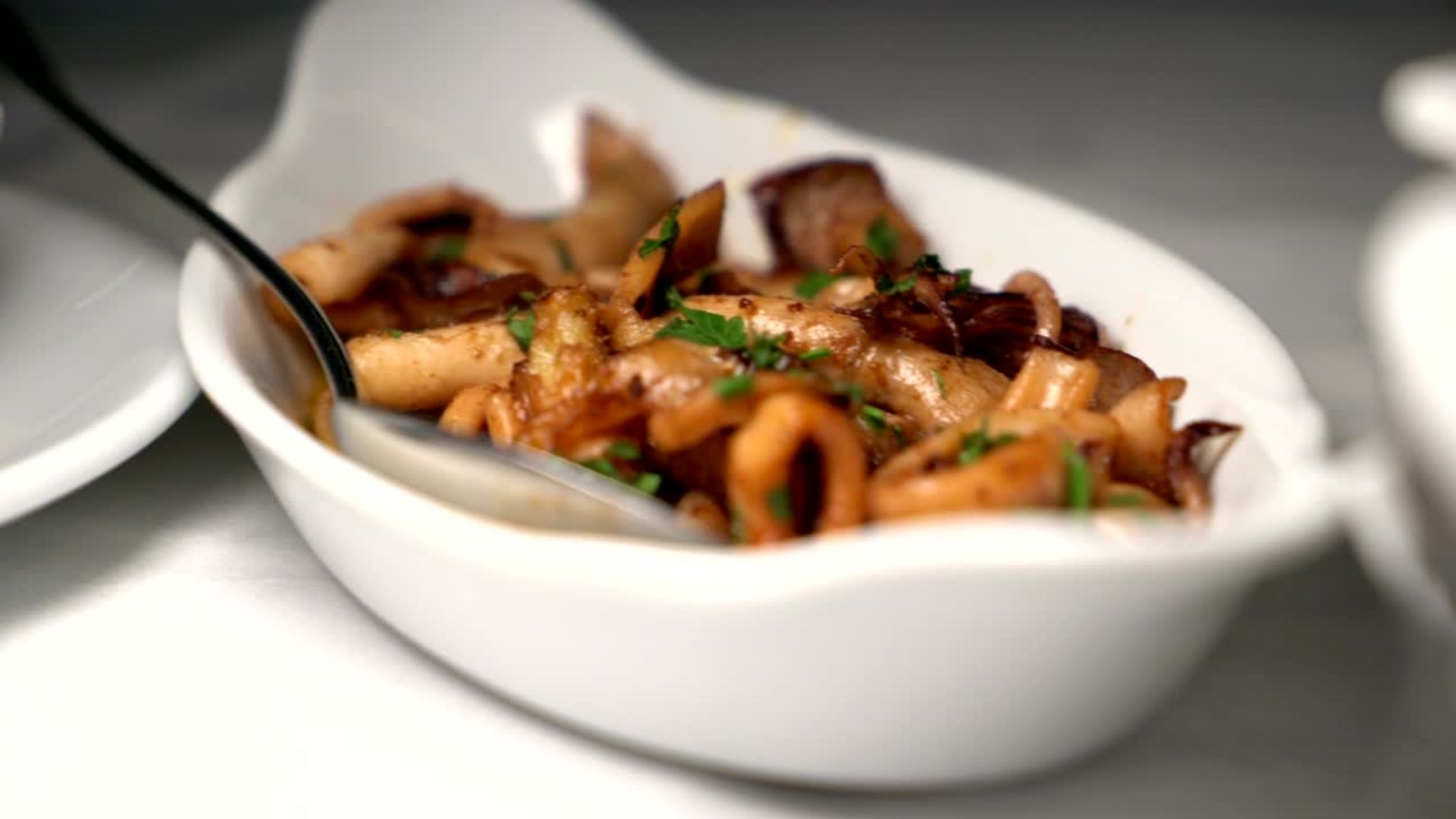1.Wing, R. R., & Hill, J. O. (2001). "Successful weight loss
maintenance." Annual Review of Nutrition, 21, 323–341. Link
2.Lally, P., van Jaarsveld, C. H. M., Potts, H. W. W., & Wardle, J.
(2010). "How are habits formed: Modelling habit formation in the real
world." European Journal of Social Psychology, 40(6), 998–1009. Link
3.Mann, T., Tomiyama, A. J., Westling, E., Lew, A.-M., Samuels, B., &
Chatman, J. (2007). "Medicare's search for effective obesity treatments:
Diets are not the answer." American Psychologist, 62(3), 220–233. Link
4.Baumeister, R. F., Bratslavsky, E., Muraven, M., & Tice, D. M.
(1998). "Ego depletion: Is the active self a limited resource?" Journal
of Personality and Social Psychology, 74(5), 1252–1265. Link
5.Story, M., Kaphingst, K. M., Robinson-O'Brien, R., & Glanz, K.
(2008). "Creating healthy food and eating environments: Policy and
environmental approaches." Annual Review of Public Health, 29,
253–272. Link
6.Leahey, T. M., Wing, R. R., & Jeffery, R. W. (2015). "Comparing
common dietary alternatives for weight loss: The impact of adherence on
outcomes." Health Education Research, 30(3), 392–401. Link
7.Dombrowski, S. U., Knittle, K., Avenell, A., Araujo-Soares, V., &
Sniehotta, F. F. (2014). "Long term maintenance of weight loss with
non-surgical interventions in obese adults: Systematic review and meta-analyses
of randomised controlled trials." BMJ, 348, g2646. Link
8.Verplanken, B., & Wood, W. (2006). "Interventions to break and
create consumer habits." Journal of Public Policy & Marketing,
25(1), 90–103. Link
9.Polivy, J., & Herman, C. P. (2002). "If at first you don't
succeed: False hopes of self-change." American Psychologist, 57(9),
677–689. Link
10.
Gollwitzer, P. M., &
Sheeran, P. (2006). "Implementation intentions and goal achievement: A
meta‐analysis of effects and processes." Advances in Experimental
Social Psychology, 38, 69–119. Link
11.
Neal, D. T., Wood, W., &
Drolet, A. (2013). "How do people adhere to goals when willpower is low?
The profits (and pitfalls) of strong habits." Journal of Personality
and Social Psychology, 104(6), 959–975. Link
12.
Kirkpatrick, S. I., &
Collins, C. E. (2016). "Assessment of nutrient intakes: Introduction to
the special issue." European Journal of Clinical Nutrition, 70(3),
285–286. Link
13.
Gardner, B., Lally, P., &
Wardle, J. (2012). "Making health habitual: The psychology of
'habit-formation' and general practice." British Journal of General
Practice, 62(605), 664–666. LinkPMC
14.
Hagger, M. S., Wood, C., Stiff,
C., & Chatzisarantis, N. L. D. (2010). "Ego depletion and the strength
model of self-control: A meta-analysis." Psychological Bulletin,
136(4), 495–525. Link
15.
Hill, J. O., & Peters, J. C.
(1998). "Environmental contributions to the obesity epidemic." Science,
280(5368), 1371–1374. Link
16.
Schunk, D. H., &
DiBenedetto, M. K. (2016). "Self-efficacy theory in education." Handbook
of Motivation at School, 34–54. Link
17.
Lyubomirsky, S., Sheldon, K. M.,
& Schkade, D. (2005). "Pursuing happiness: The architecture of
sustainable change." Review of General Psychology, 9



